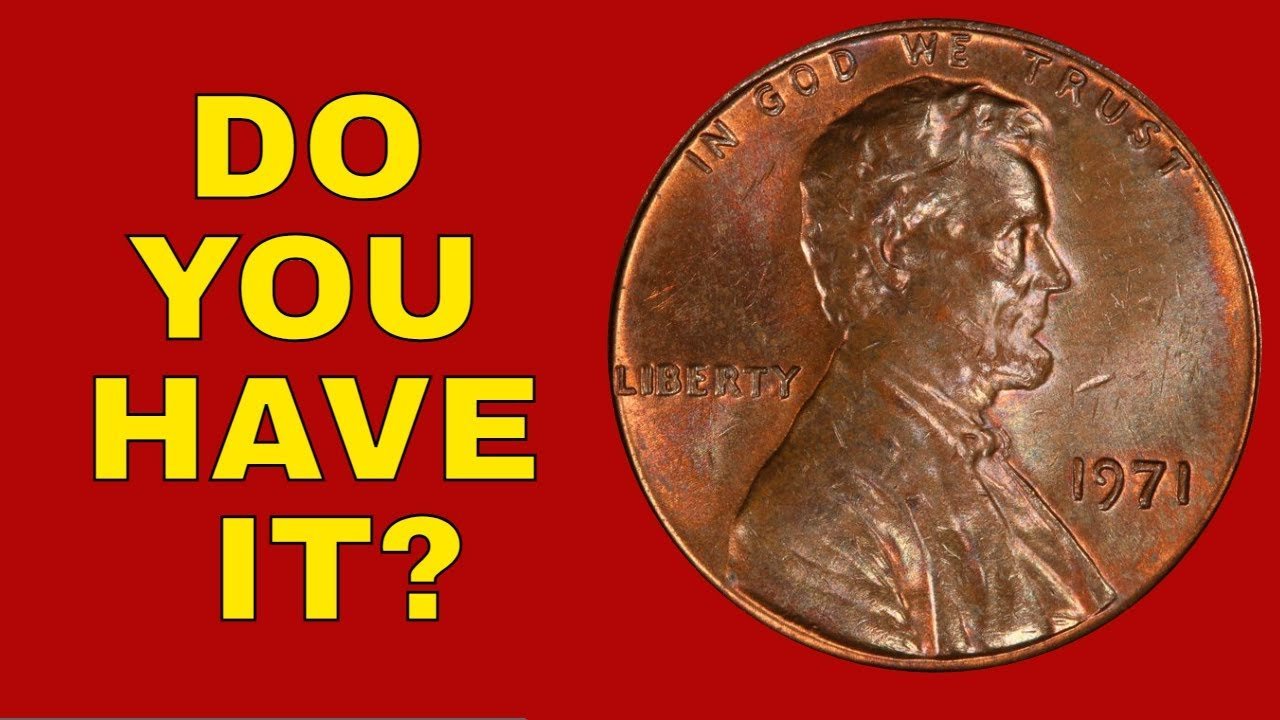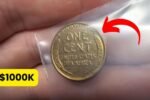Lincoln: In the vast world of coin collecting, few treasures are as elusive — or as coveted — as the 1943 Bronze Lincoln Wheat Penny. Known among collectors as the “Holy Grail” of small change, this coin’s rarity is so extreme that it typically appears at major auctions only once every ten years.
When one recently surfaced, it sold for an astonishing $1.7 million, reigniting excitement in the numismatic community and sparking a renewed hunt through penny jars across the country.
The Coin That Wasn’t Supposed to Exist
During World War II, the U.S. Mint switched from copper to zinc-coated steel for penny production to conserve copper for the war effort. However, a small number of bronze planchets — leftover from 1942 — accidentally made it into the presses in 1943, creating an ultra-rare error coin.
Only a few dozen authentic examples are known to exist today, and each one is a piece of American history.
Why It’s So Valuable
Several factors drive the jaw-dropping price of the 1943 bronze penny:
-
Extreme Rarity – Fewer than 20 authenticated examples are known.
-
Historical Significance – A tangible reminder of WWII-era resource conservation.
-
Collector Demand – Wheat pennies are one of the most collected U.S. coin series.
-
Condition – Uncirculated examples can reach seven figures at auction.
From Pocket Change to Million-Dollar Prize
One of the most famous finds occurred in 1947, when a teenager discovered the coin in his lunch change. Decades later, a similar specimen, graded MS63 Red-Brown by PCGS, commanded $1.7 million at auction.
Because so few are in private hands, collectors may wait a decade or more before they get another chance to bid on one.
Could You Have One?
The 1943 bronze penny looks similar to the common steel cents from the same year but can be identified by its warm copper tone and lack of magnetic attraction. (A quick test with a magnet will reveal the difference instantly.) If you find one, handle it carefully — you might just be holding a once-in-a-lifetime coin.
FAQ: Lincoln Wheat Penny That’s So Rare, It Only Appears Once a Decade at Auction
1. What makes the 1943 bronze Lincoln Wheat penny so rare?
It was an accidental minting error. In 1943, pennies were supposed to be made from zinc-coated steel to save copper for the war effort, but a few leftover bronze planchets from 1942 were mistakenly used.
2. How many 1943 bronze pennies are known to exist?
Fewer than 20 authenticated examples are confirmed, making it one of the rarest U.S. coins ever struck.
3. How can I tell if my 1943 penny is bronze or steel?
The bronze penny has a warm copper color and is not magnetic. Steel cents from 1943 will stick to a magnet and have a silvery-gray appearance.
4. What’s the highest price paid for a 1943 bronze penny?
A well-preserved specimen graded MS63 sold for $1.7 million at auction, and top-quality examples could sell for even more in the future.




